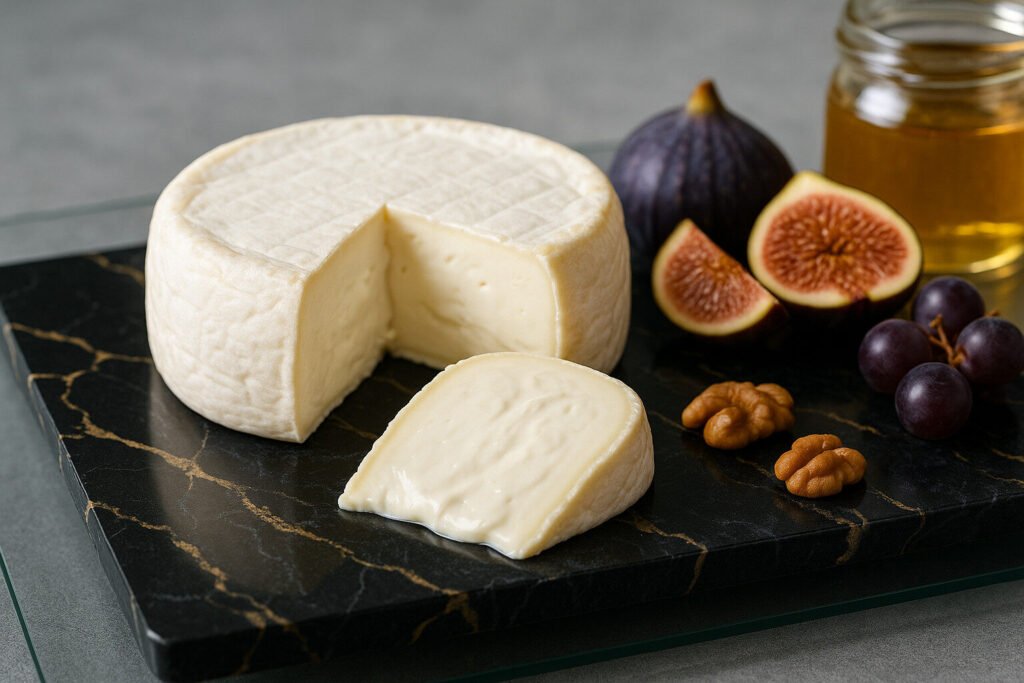Dop Designation Cheese
Definition and Scope
DOP designation cheese refers to products protected under the European Union’s Protected Designation of Origin system. This legal framework ensures that specific cheeses are produced, processed, and prepared within a particular geographical region using recognized know-how. Only cheeses adhering to strict production specifications outlined in their product specification document can bear the DOP label.
The scope of DOP cheeses encompasses a wide variety of styles, from hard aged varieties to fresh soft cheeses. Each designated cheese must demonstrate a tangible link between its qualities and its geographic origin, including local environmental factors and human elements. This system protects the names and authenticity of traditional cheeses against imitation and misuse in the marketplace.
Production Standards
DOP cheese production is governed by a rigorous set of rules detailed in an official disciplinary of production. These rules specify the exact geographical boundaries for milk sourcing and cheese making. They also mandate the use of specific animal breeds, feed requirements, and traditional milking practices to maintain product consistency and typicity.
The entire manufacturing process, from milk coagulation to aging, must follow traditional methods unique to the region. This includes using defined starter cultures, rennet types, and aging conditions like specific caves or cellars. Independent certification bodies conduct regular audits to verify compliance with all production standards before granting the DOP seal.
Sensory Profile
The sensory characteristics of DOP cheeses are directly tied to their terroir, resulting in distinctive flavor, aroma, and texture profiles. These cheeses often exhibit complex flavor notes developed through specific aging processes and local microflora. The taste can range from mild and buttery to intensely sharp and piquant, depending on the variety and maturation period.
Texture variations among DOP cheeses are equally diverse, encompassing creamy, crumbly, firm, or elastic consistencies. Visual characteristics such as rind development, color, and eyes or veining are also defining elements. These consistent sensory attributes allow consumers to identify authentic DOP products and distinguish them from generic counterparts.
Culinary Applications
DOP cheeses serve both as table cheeses for direct consumption and as premium ingredients in culinary preparations. Their protected status guarantees quality and authenticity for chefs and consumers seeking specific flavor profiles. Many DOP cheeses are best enjoyed at room temperature to fully appreciate their aromatic complexity and texture.
In cooking, these cheeses contribute distinctive regional character to dishes from simple pasta to sophisticated sauces. Some DOP varieties like Parmigiano Reggiano are particularly valued for their grating qualities and umami-rich flavor enhancement. The melting characteristics of certain DOP cheeses make them ideal for traditional dishes where specific texture and flavor development are crucial.
Regional Examples
Italy’s Parmigiano Reggiano represents a classic DOP cheese produced exclusively in designated provinces of Emilia-Romagna and Lombardy. This granular, hard cheese undergoes minimum aging of 12 months, with some wheels maturing for over 36 months. Its production follows centuries-old methods using partially skimmed raw cow’s milk and natural whey starter culture.
France contributes numerous DOP cheeses including Roquefort, made from raw sheep’s milk and aged in natural Combalou caves. United Kingdom’s Stilton DOP is a blue-veined cheese produced in just three counties using traditional methods. Greece’s Feta DOP must be made from sheep’s milk or sheep and goat milk mixtures from specific regions, resulting in its characteristic briny taste and crumbly texture.

